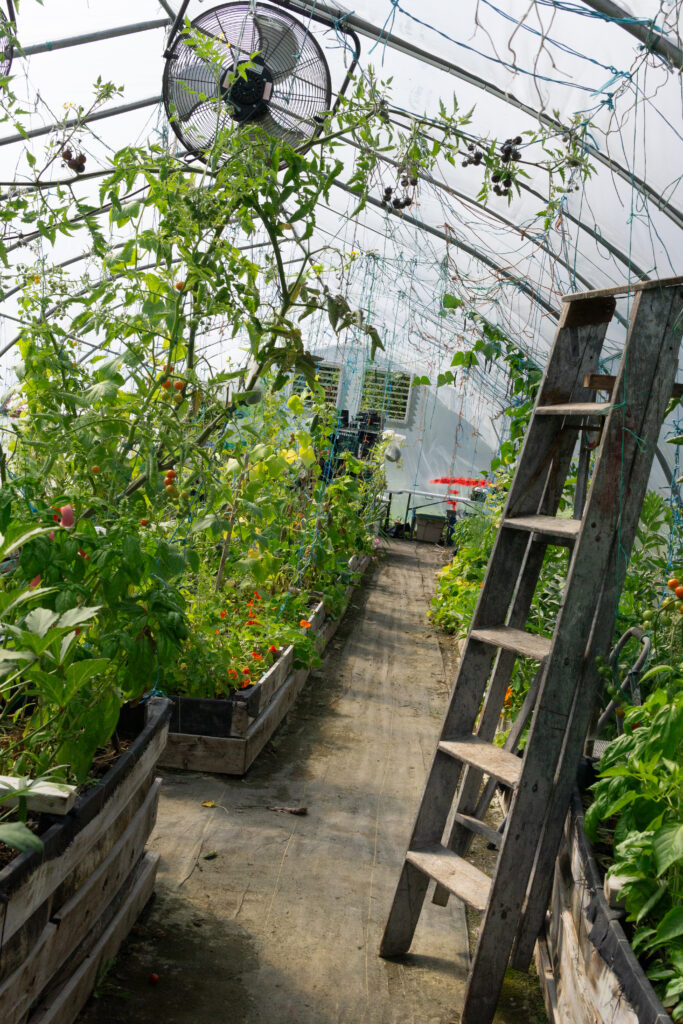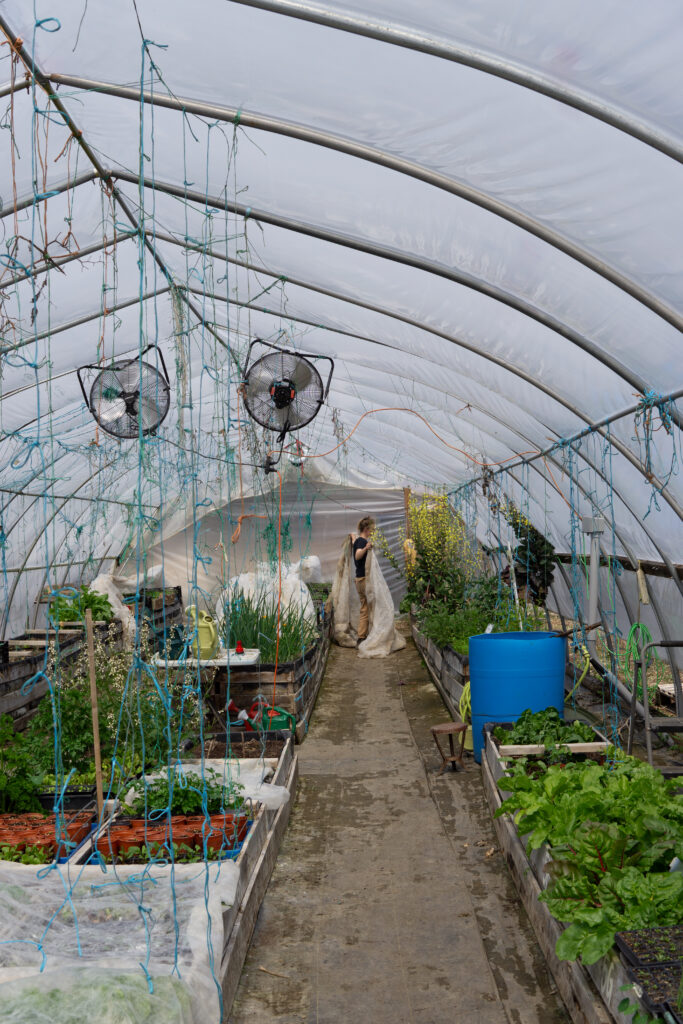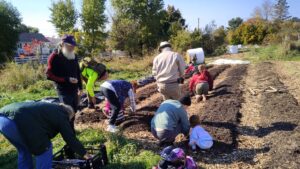
Our Community Teaching Farm Model is Human-Scale, Regenerative and Relationship-based
577 Hillcrest Drive
Fredericton, NB
We want to see all New Brunswickers be part of a resilient and thriving local food system. We envision equitable access to quality food coming through a combination of education, community-led mutual-aid, and government-sponsored programs like Guaranteed Basic Income.
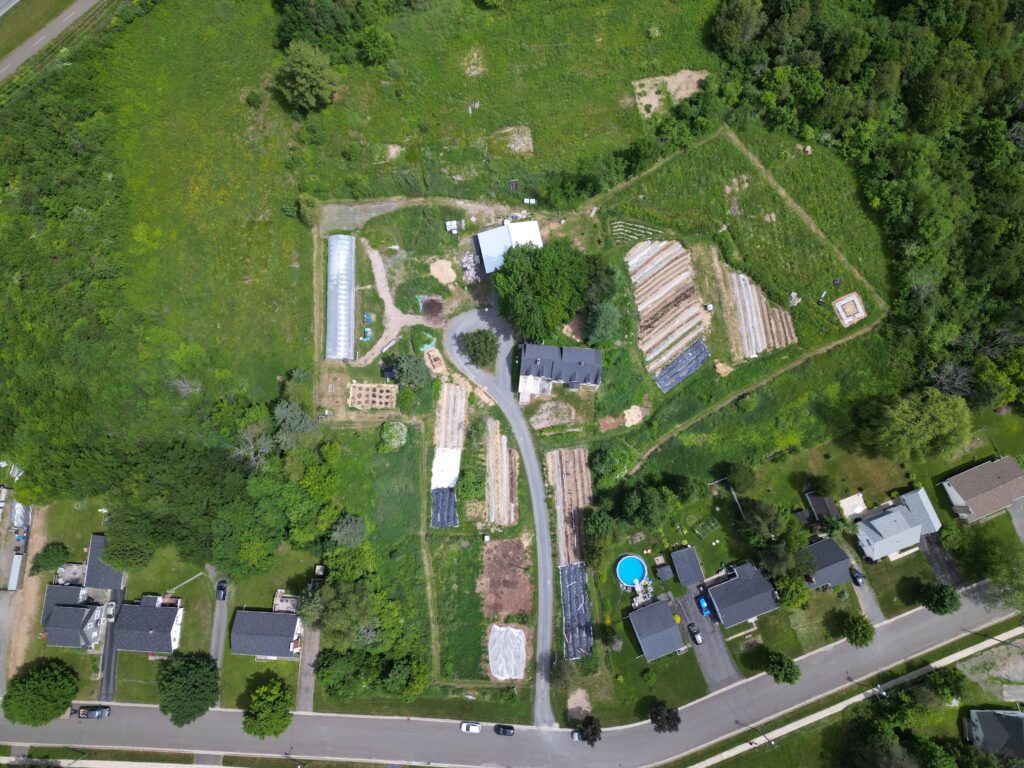
To deeply understand nature, food and ecological-farming, we believe that people must be on the land, observing and interacting with it. We experience this connection to nature together, as a supportive community.
Everything we do at Hayes Farm is human-scale, regenerative and relationship-based. Our educators include local gardening experts, indigenous knowledge keepers, homesteaders, and ecologically responsible farmers. Guiding themes of Indigenous foodways, decolonization, and reconciliation are woven throughout our offerings.
Our teaching gardens consist of 1-acre of field gardens and a 3-season hoop house. You will find a variety of different types of garden features that change as time goes on – you might find swale beds, a Three Sister’s Garden or other experimental projects in action. There is a covered outdoor area where our workshop participants can comfortably gather and there is an outdoor (composting toilet) washroom and outdoor handwashing stations on-site. We maintain natural, wooded areas and wetland spaces around the margins of the farm to provide habitat for native plants and animals. The farm is a beautiful and welcoming, urban-greenspace.
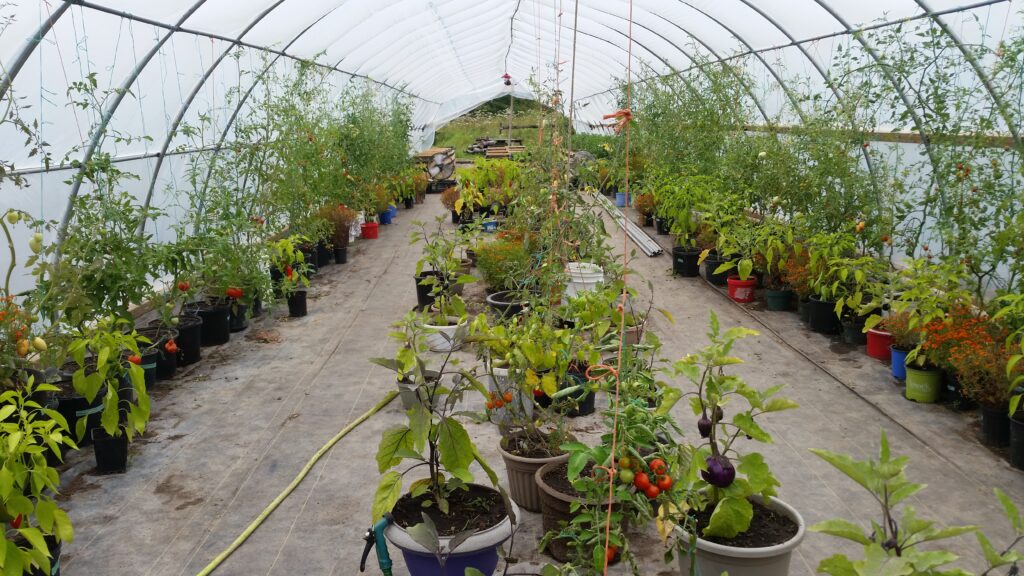
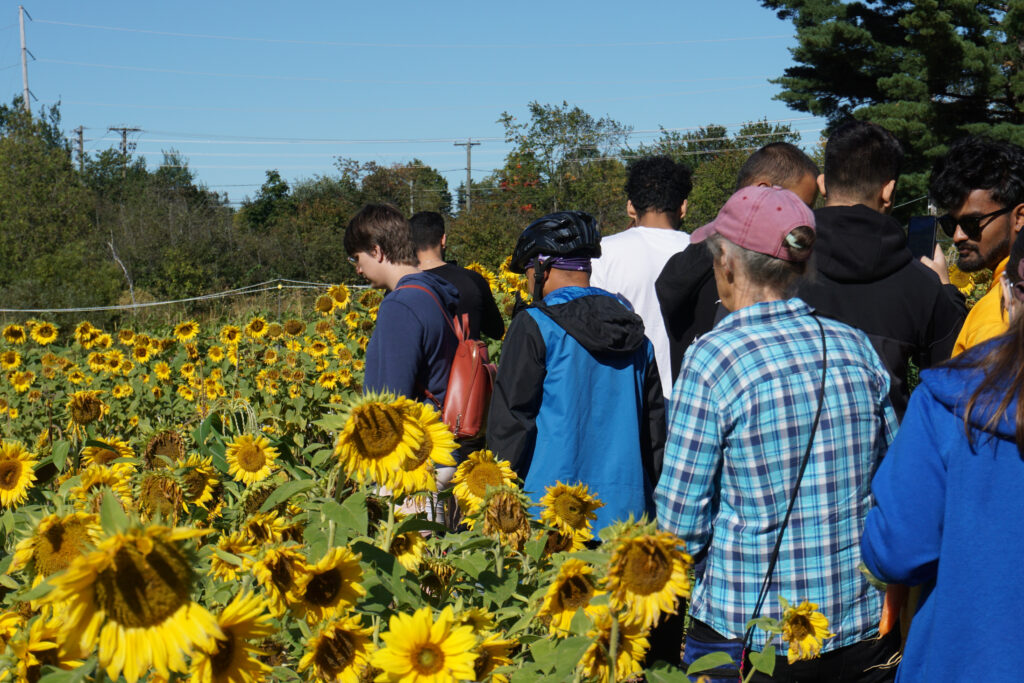
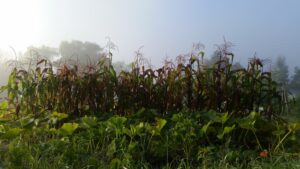
Our Story
Hayes Farm is on unsurrendered, traditional, Wolastoqey territory and is located very near to the Sitansisk Wolastoqey Community.
Hayes Farm was a working farm starting in the 1840’s. Mary Hayes, the last family resident, passed away in 2015. It was her wish that the land would continue to be used for farming activities. Mary’s nephew Ian Robertson has honoured her wishes by partnering with NBCHG to provide land-based education and community connection.
In 2016 planning began, and from 2018 to 2022 Hayes “Teaching” Farm offered a dedicated Regenerative Farming Certificate. During that time, five amazing cohorts, of over 40 interns, received between 16 to 32 weeks of immersion in food sovereignty, ecological farming and indigenous foodways knowledge.
As the social and economic landscape changed throughout the Covid-19 pandemic, NBCHG shifted the project into Hayes “Community Teaching” Farm, offering food relief to folks in the community who needed some connection and support and bringing the public in more often for programming. Today we continue our community work, offer programs and take on interns in partnership with universities and other institutions. These days we are simply called Hayes Farm. As time goes on and community needs shift, we will shift as well.
